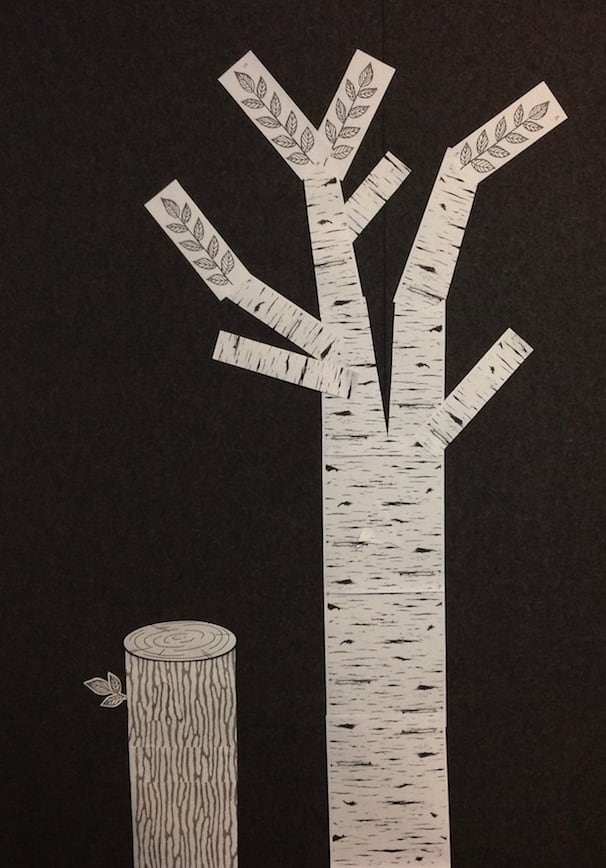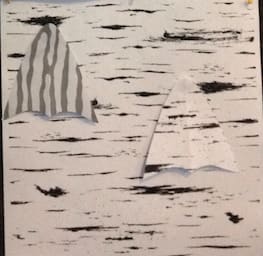Scroll for prep

Please wait…
This video is having trouble loading. You may have lost your Internet connection.
Step 1: Click to Reload this page
Step 2: Click to
Try our other video player
Step 3: contact support if trouble persists.
Or,
dismiss this message.
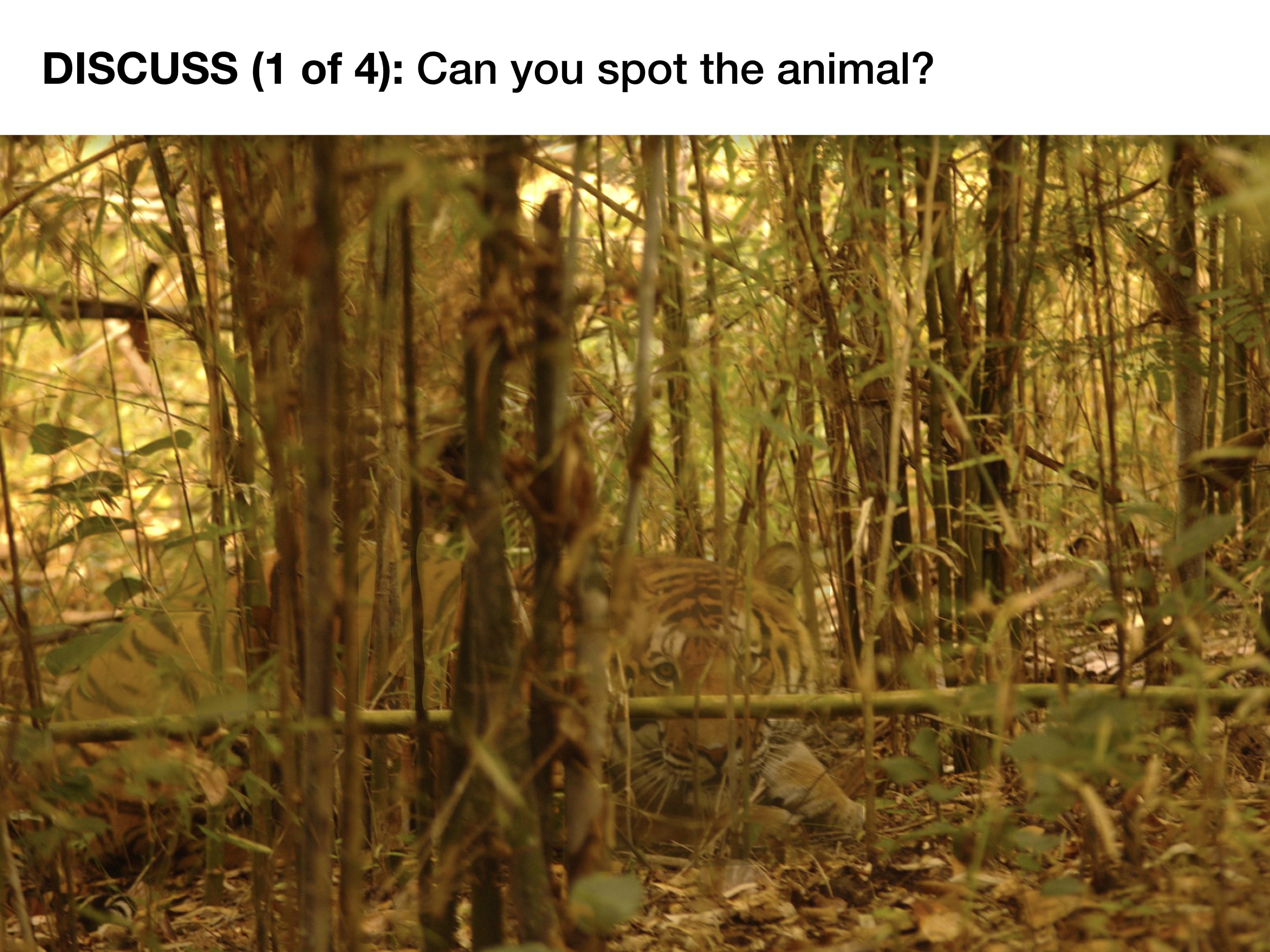
CONVERSEMOS (1 de 4): ¿Puedes encontrar al animal en esta foto?
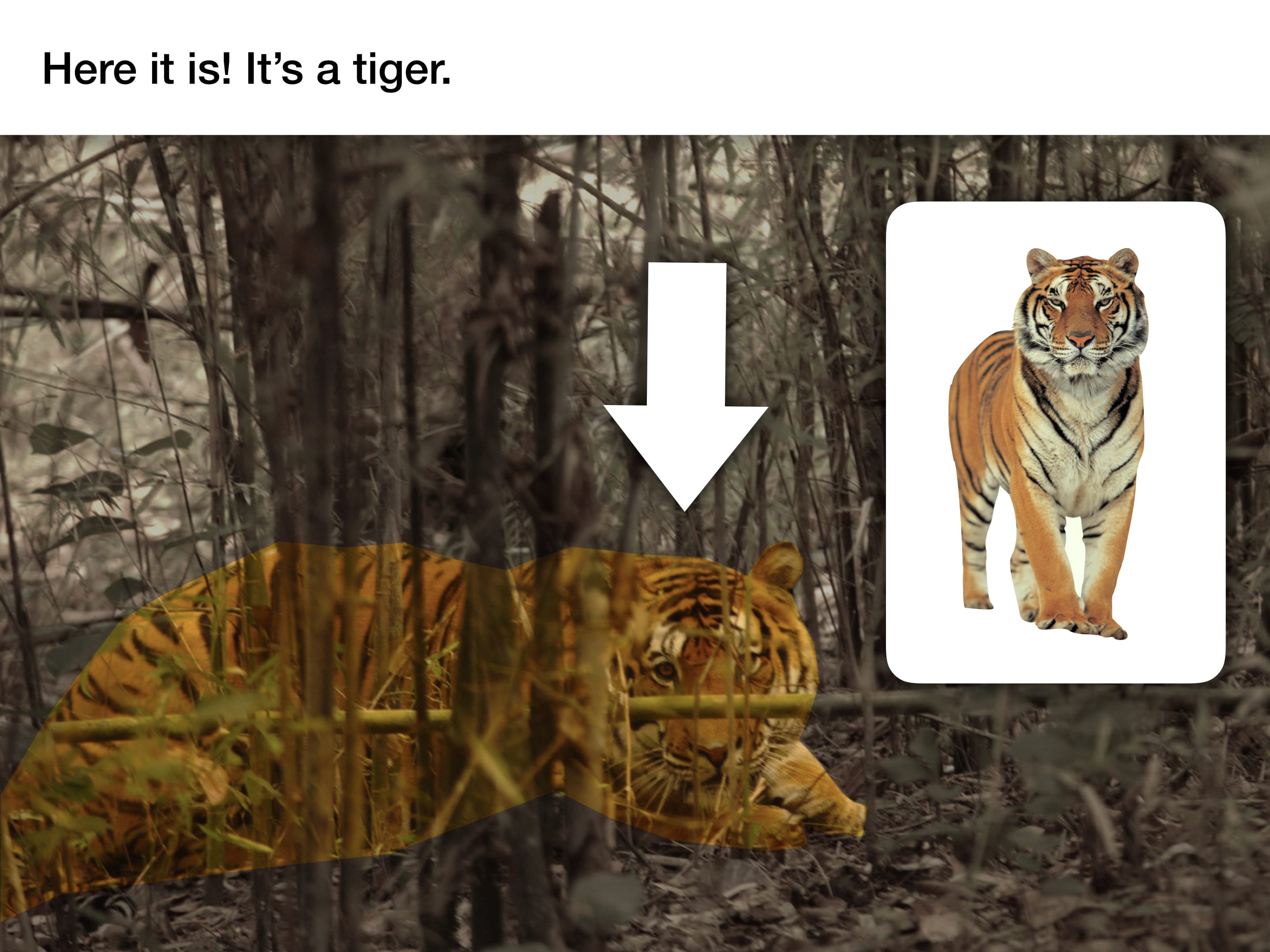
¡Aquí está! Es un tigre.

CONVERSEMOS (2 de 4): ¿Puedes encontrar al animal en esta foto?
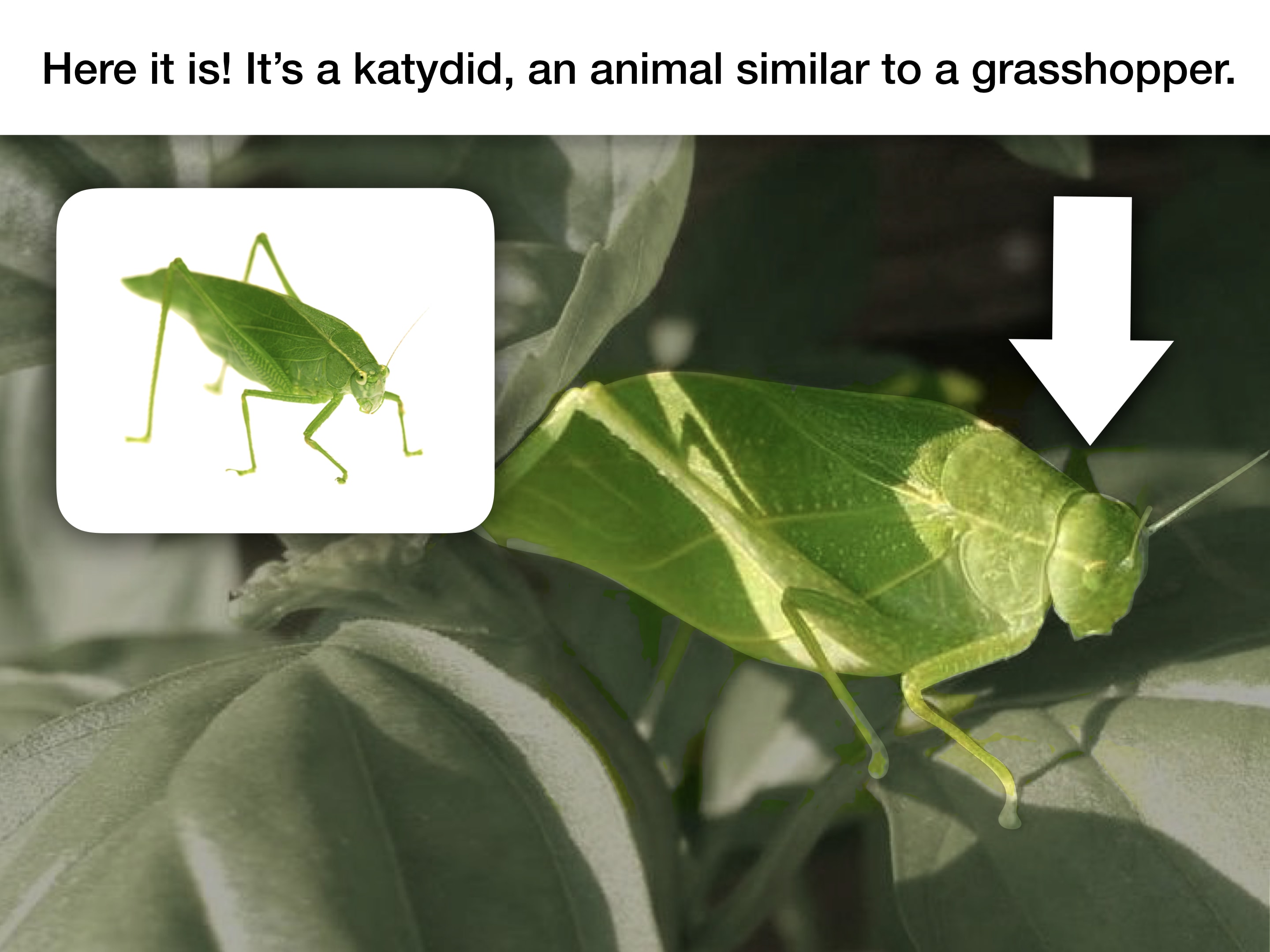
¡Aquí está! Es un saltamontes. Es parecido a un chapulín.
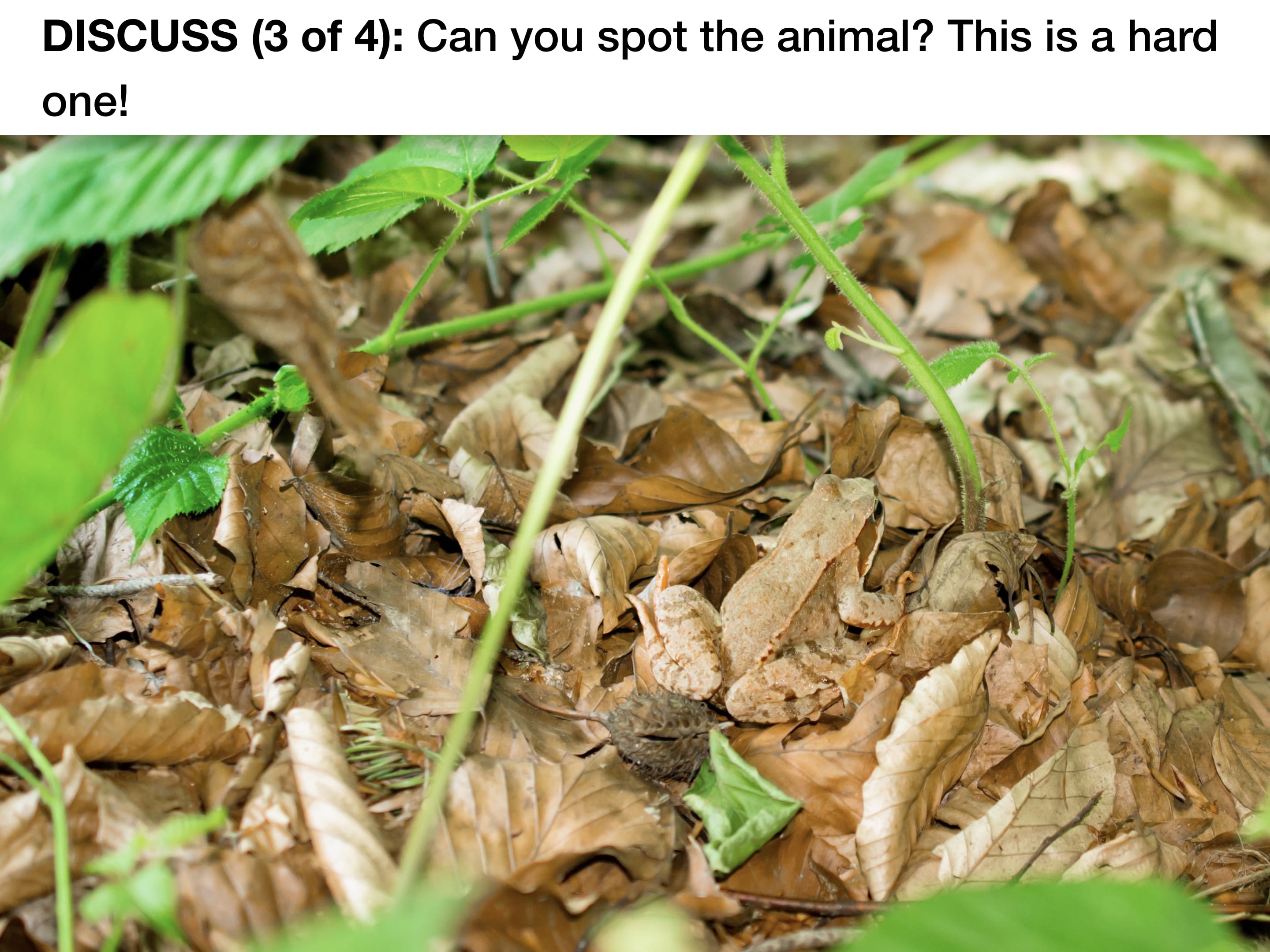
CONVERSEMOS (3 de 4): ¿Puedes encontrar al animal en esta foto?
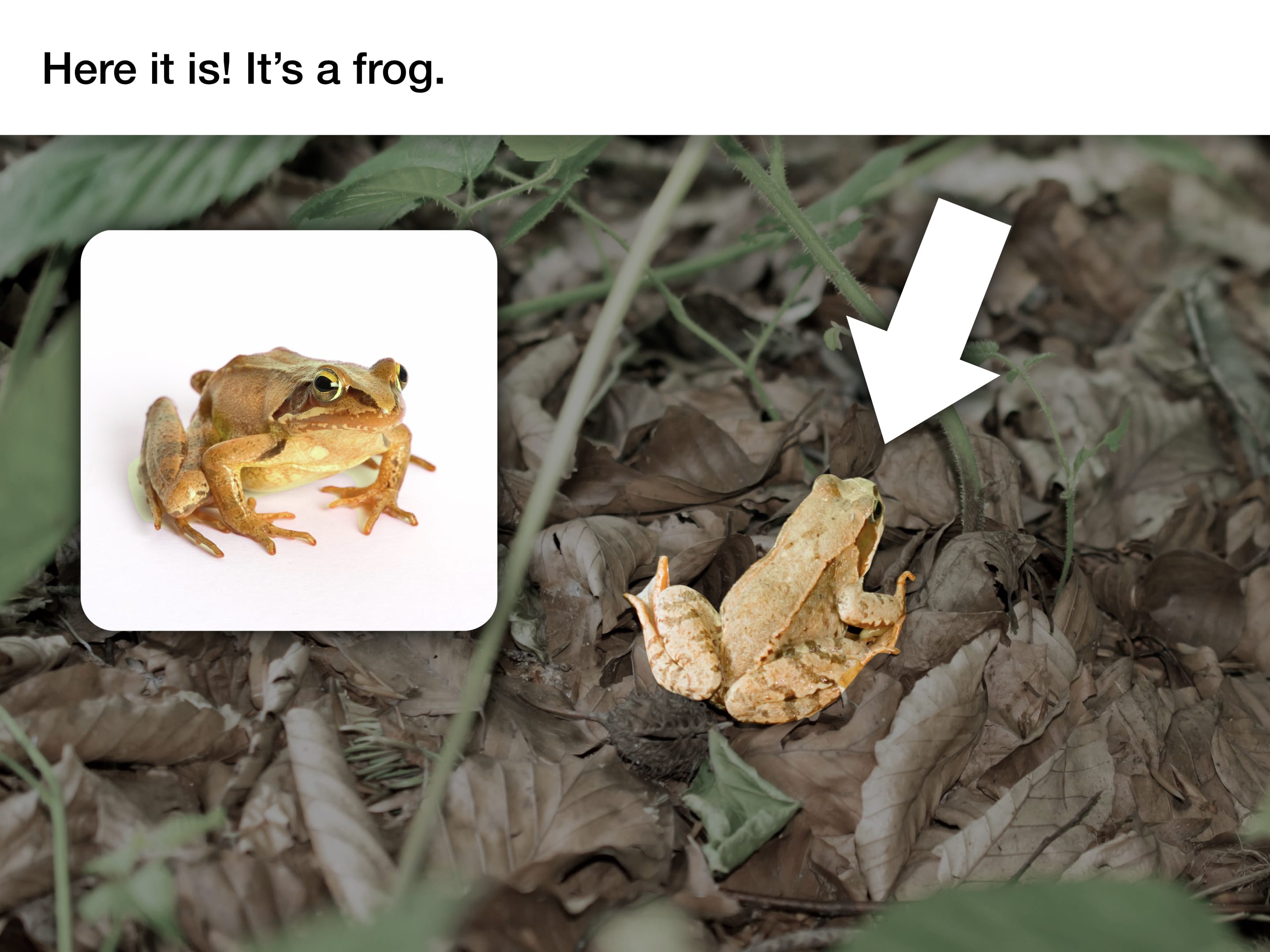
¡Aquí está! Es una rana.
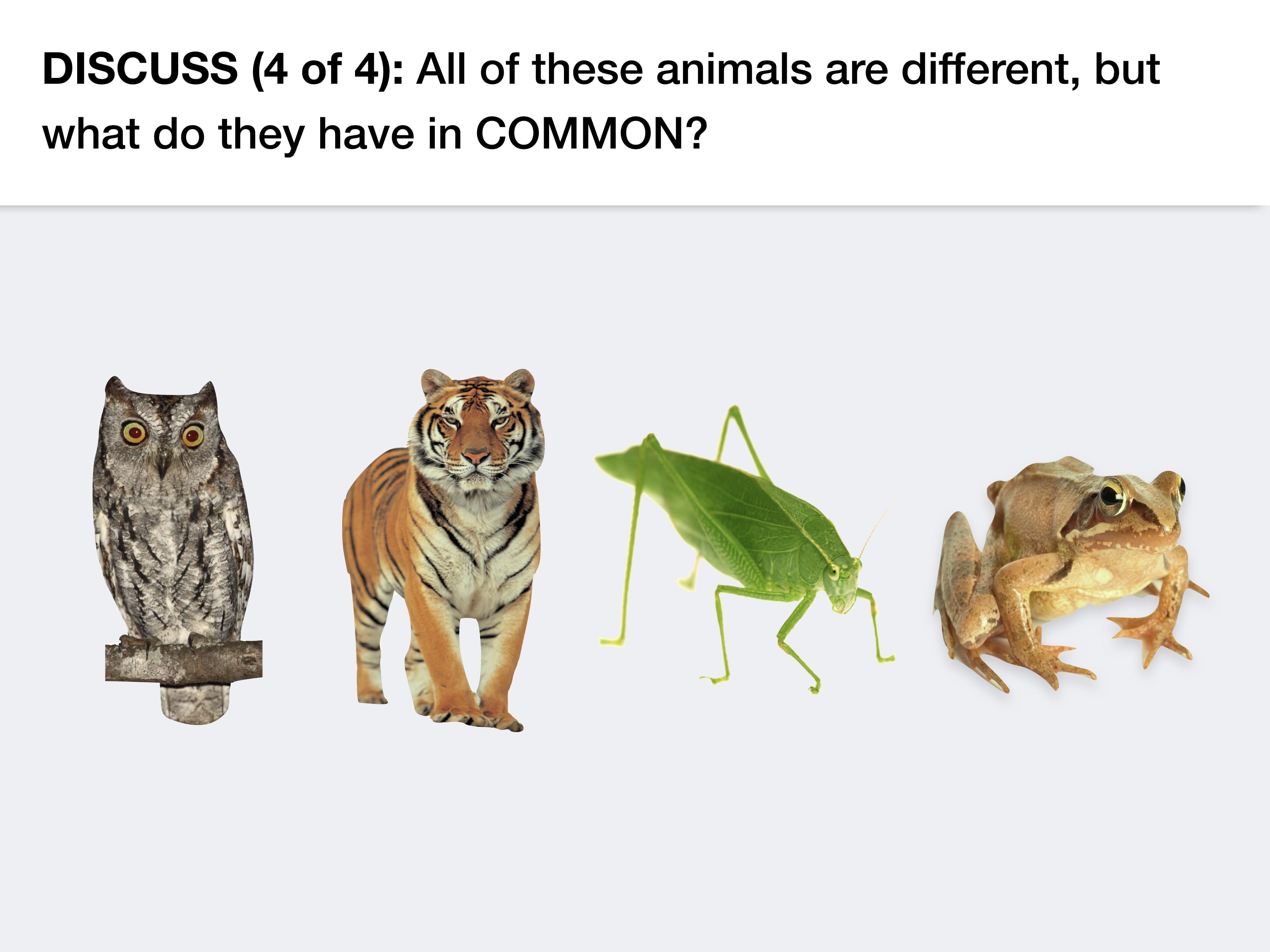
CONVERSEMOS (4 de 4): Estos animales son muy diferentes, pero ¿qué tienen en común?

Please wait…
This video is having trouble loading. You may have lost your Internet connection.
Step 1: Click to Reload this page
Step 2: Click to
Try our other video player
Step 3: contact support if trouble persists.
Or,
dismiss this message.
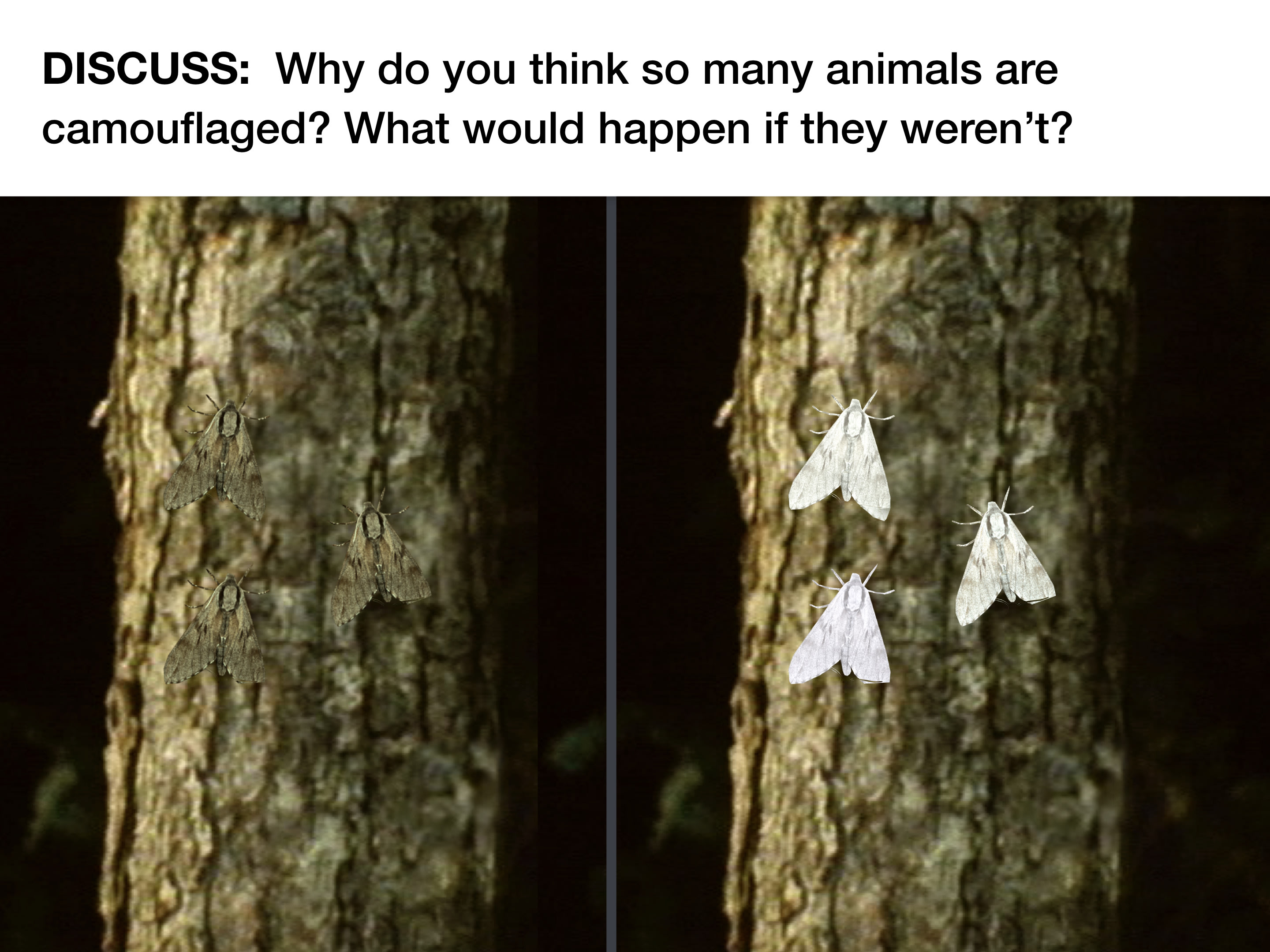
¿Por qué crees que tantos animales pueden camuflarse? ¿Qué pasaría si no
tuvieran esa habilidad?
tuvieran esa habilidad?

Please wait…
This video is having trouble loading. You may have lost your Internet connection.
Step 1: Click to Reload this page
Step 2: Click to
Try our other video player
Step 3: contact support if trouble persists.
Or,
dismiss this message.

Please wait…
This video is having trouble loading. You may have lost your Internet connection.
Step 1: Click to Reload this page
Step 2: Click to
Try our other video player
Step 3: contact support if trouble persists.
Or,
dismiss this message.
Paso
01/12
01/12
Consigue una hoja de trabajo y escribe tu nombre en ella. La imagen
te muestra las polillas que debes encontrar.
te muestra las polillas que debes encontrar.

Please wait…
This video is having trouble loading. You may have lost your Internet connection.
Step 1: Click to Reload this page
Step 2: Click to
Try our other video player
Step 3: contact support if trouble persists.
Or,
dismiss this message.
Paso
02/12
02/12
Sigue estas dos reglas al buscar polillas.

Please wait…
This video is having trouble loading. You may have lost your Internet connection.
Step 1: Click to Reload this page
Step 2: Click to
Try our other video player
Step 3: contact support if trouble persists.
Or,
dismiss this message.
Paso
03/12
03/12
Busca polillas en los árboles. Cuando termines, marca con un círculo
cuántas encontraste.
cuántas encontraste.

Please wait…
This video is having trouble loading. You may have lost your Internet connection.
Step 1: Click to Reload this page
Step 2: Click to
Try our other video player
Step 3: contact support if trouble persists.
Or,
dismiss this message.
Paso
04/12
04/12
Conversemos:

Please wait…
This video is having trouble loading. You may have lost your Internet connection.
Step 1: Click to Reload this page
Step 2: Click to
Try our other video player
Step 3: contact support if trouble persists.
Or,
dismiss this message.
Paso
05/12
05/12
Conversemos:

Please wait…
This video is having trouble loading. You may have lost your Internet connection.
Step 1: Click to Reload this page
Step 2: Click to
Try our other video player
Step 3: contact support if trouble persists.
Or,
dismiss this message.
Paso
06/12
06/12
Camina alrededor de tu salón. ¿En dónde podría camuflarse tu polilla
con lo que la rodea?
con lo que la rodea?

Please wait…
This video is having trouble loading. You may have lost your Internet connection.
Step 1: Click to Reload this page
Step 2: Click to
Try our other video player
Step 3: contact support if trouble persists.
Or,
dismiss this message.
Paso
07/12
07/12
Ve por tus útiles. Agarra los colores que se parezcan a los del lugar en
donde se esconderá tu polilla.
donde se esconderá tu polilla.

Please wait…
This video is having trouble loading. You may have lost your Internet connection.
Step 1: Click to Reload this page
Step 2: Click to
Try our other video player
Step 3: contact support if trouble persists.
Or,
dismiss this message.
Paso
08/12
08/12
Colorea un cuadrito de prueba tratando de hacer que se parezca al
lugar que escogiste. Dobla tu papel a la mitad usando la línea
punteada y compararlo con el lugar en donde vas a poner la polilla.
lugar que escogiste. Dobla tu papel a la mitad usando la línea
punteada y compararlo con el lugar en donde vas a poner la polilla.

Please wait…
This video is having trouble loading. You may have lost your Internet connection.
Step 1: Click to Reload this page
Step 2: Click to
Try our other video player
Step 3: contact support if trouble persists.
Or,
dismiss this message.
Paso
09/12
09/12
Colorea la polilla como tu mejor cuadrito de prueba. Colorea la polilla
por completo.
por completo.

Please wait…
This video is having trouble loading. You may have lost your Internet connection.
Step 1: Click to Reload this page
Step 2: Click to
Try our other video player
Step 3: contact support if trouble persists.
Or,
dismiss this message.
Paso
10/12
10/12
Dobla tu papel a la mitad. Corta a lo largo de la línea 1 hasta llegar al
alto. Luego corta a lo largo de la línea 2.
alto. Luego corta a lo largo de la línea 2.

Please wait…
This video is having trouble loading. You may have lost your Internet connection.
Step 1: Click to Reload this page
Step 2: Click to
Try our other video player
Step 3: contact support if trouble persists.
Or,
dismiss this message.
Paso
11/12
11/12
Obtén un circulito pegajoso y pégalo en la parte de ATRÁS de tu
polilla. Pegala en su escondite.
polilla. Pegala en su escondite.

Please wait…
This video is having trouble loading. You may have lost your Internet connection.
Step 1: Click to Reload this page
Step 2: Click to
Try our other video player
Step 3: contact support if trouble persists.
Or,
dismiss this message.
Paso
12/12
12/12
¡Ahora haz que alguien trate de encontrar a las polillas escondidas!

Please wait…
This video is having trouble loading. You may have lost your Internet connection.
Step 1: Click to Reload this page
Step 2: Click to
Try our other video player
Step 3: contact support if trouble persists.
Or,
dismiss this message.
CONVERSEMOS:
¿Por qué es blanco un oso polar si no tiene depredadores (otros animales que puedan comérselo)?
¿De qué crees que les sirva ser del mismo color que el lugar en donde viven?

Please wait…
This video is having trouble loading. You may have lost your Internet connection.
Step 1: Click to Reload this page
Step 2: Click to
Try our other video player
Step 3: contact support if trouble persists.
Or,
dismiss this message.
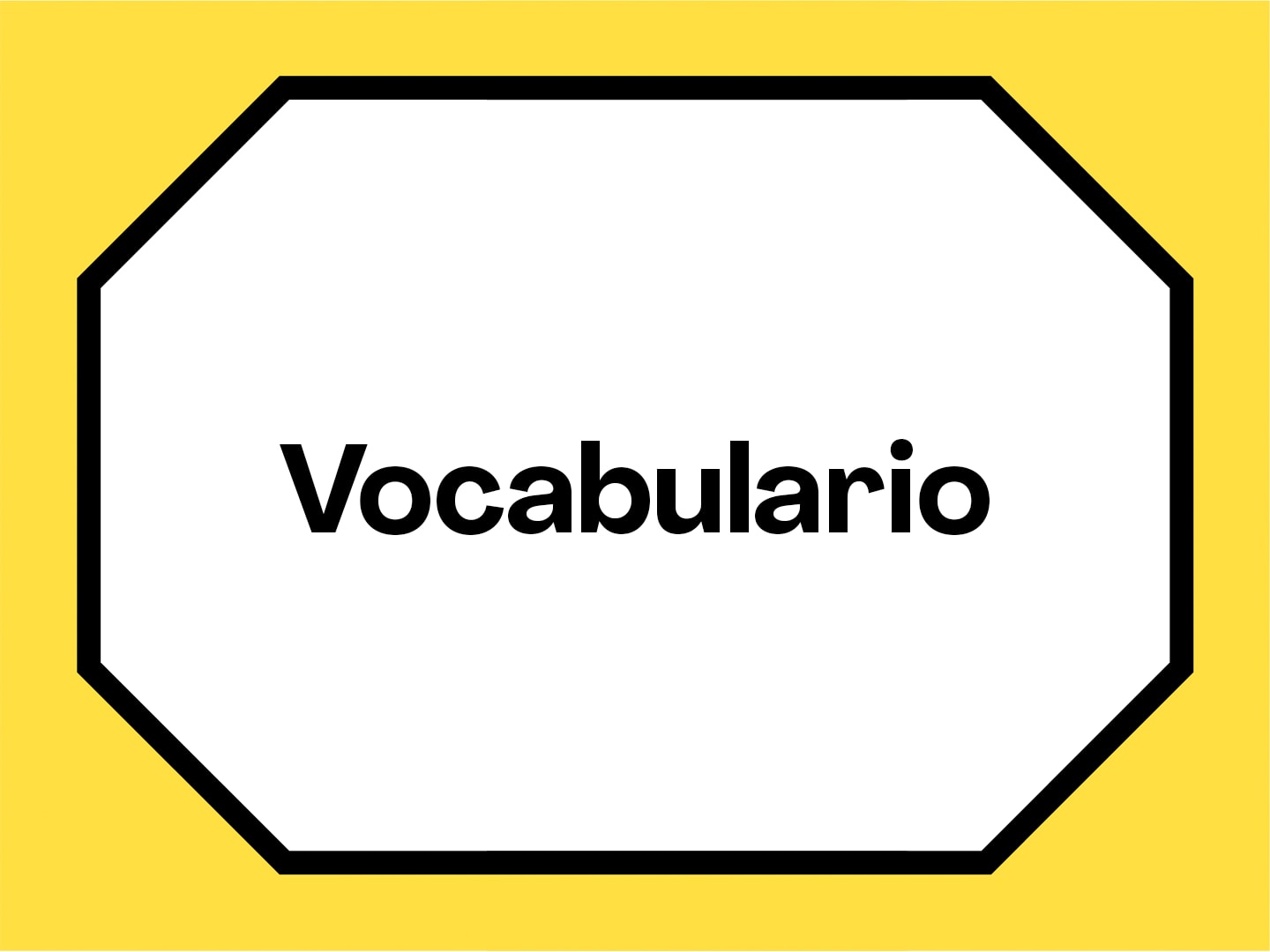

hábitat
1 de 7
el lugar donde vive un animal o una planta
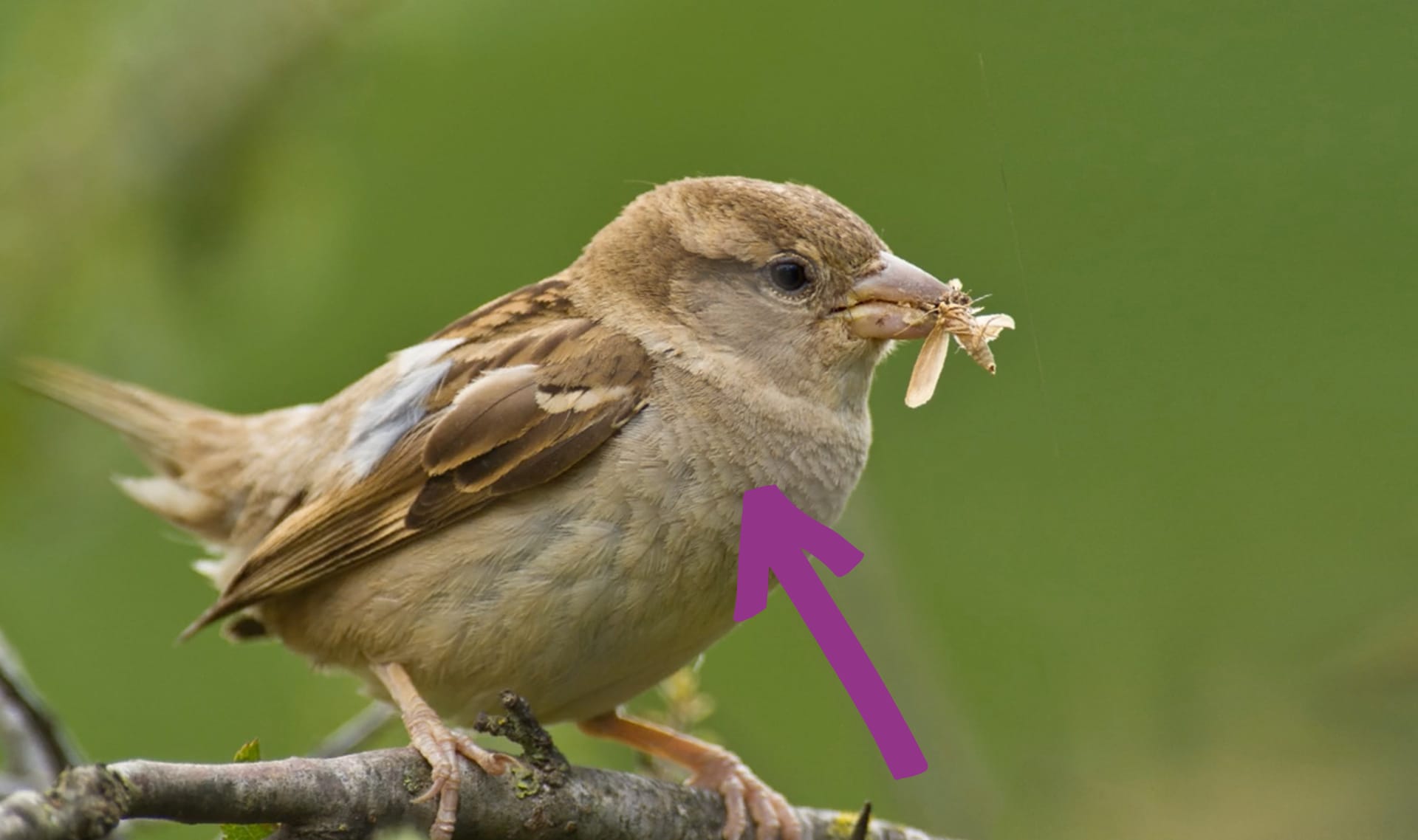
depredador
2 de 7
un animal que caza y se come a otros animales
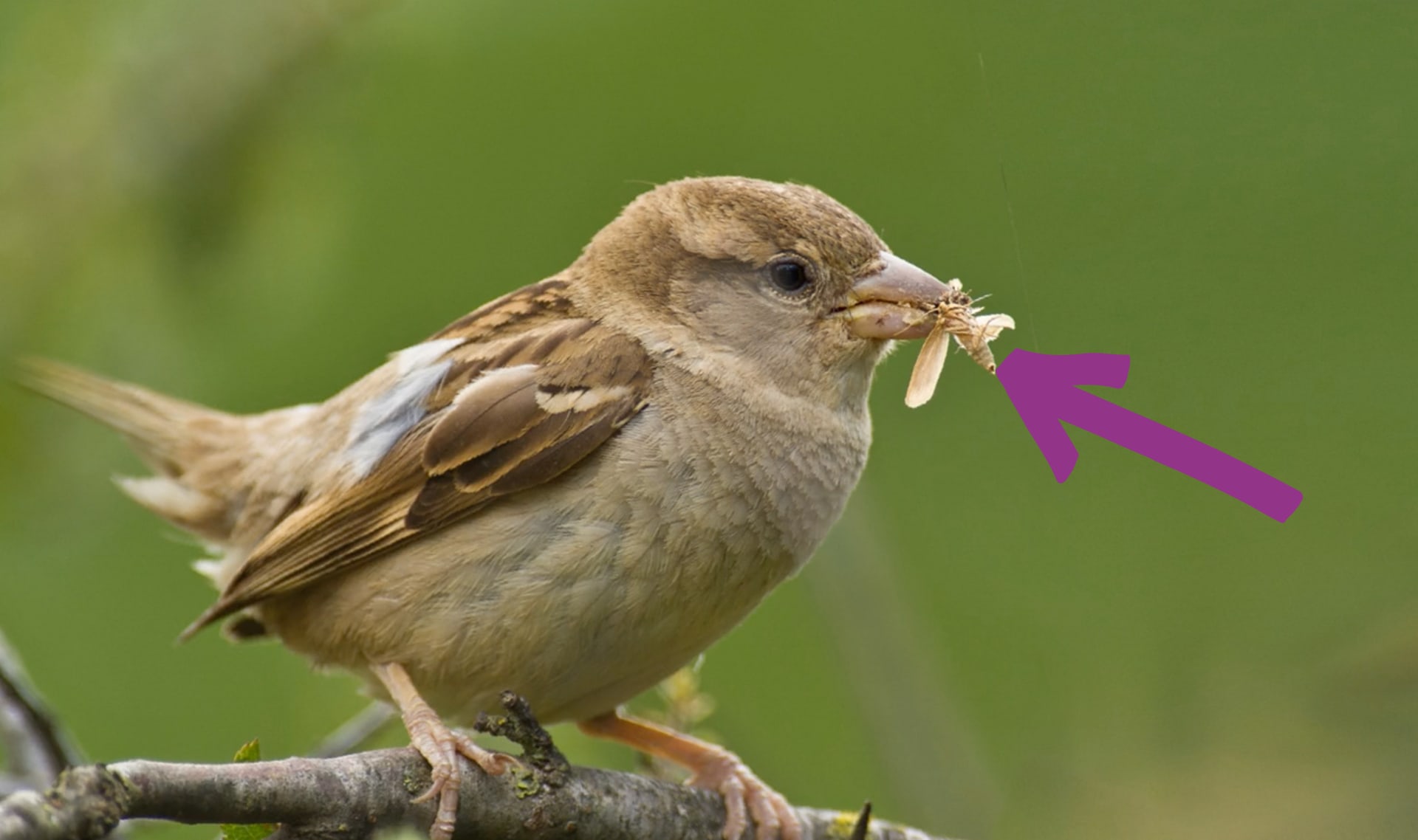
presa
3 de 7
un animal al que otro animal caza y se lo come
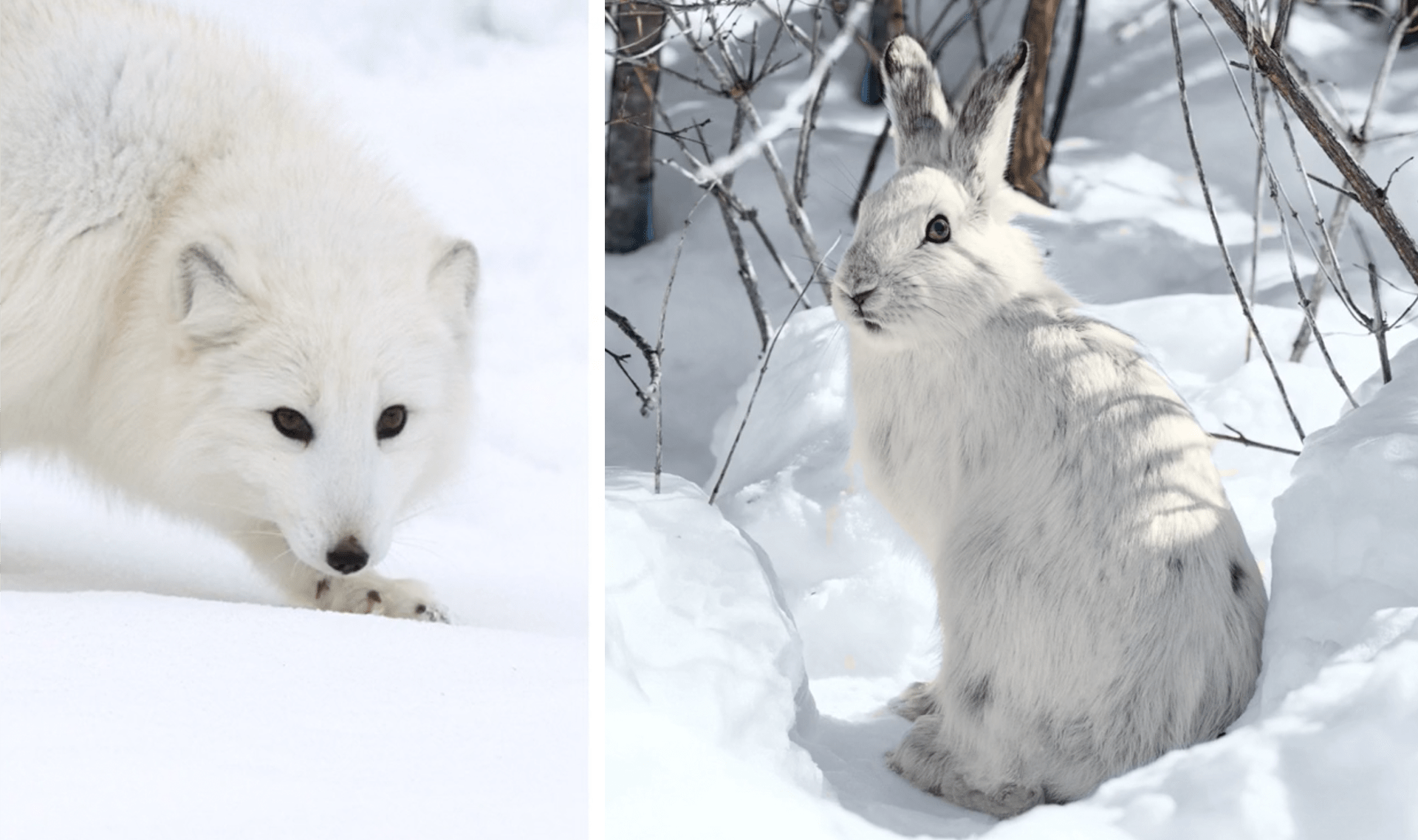
sobrevivir
4 de 7
mantenerse vivo/a

Please wait…
This video is having trouble loading. You may have lost your Internet connection.
Step 1: Click to Reload this page
Step 2: Click to
Try our other video player
Step 3: contact support if trouble persists.
Or,
dismiss this message.
camuflaje
5 de 7
pasar desapercibido con lo que te rodea
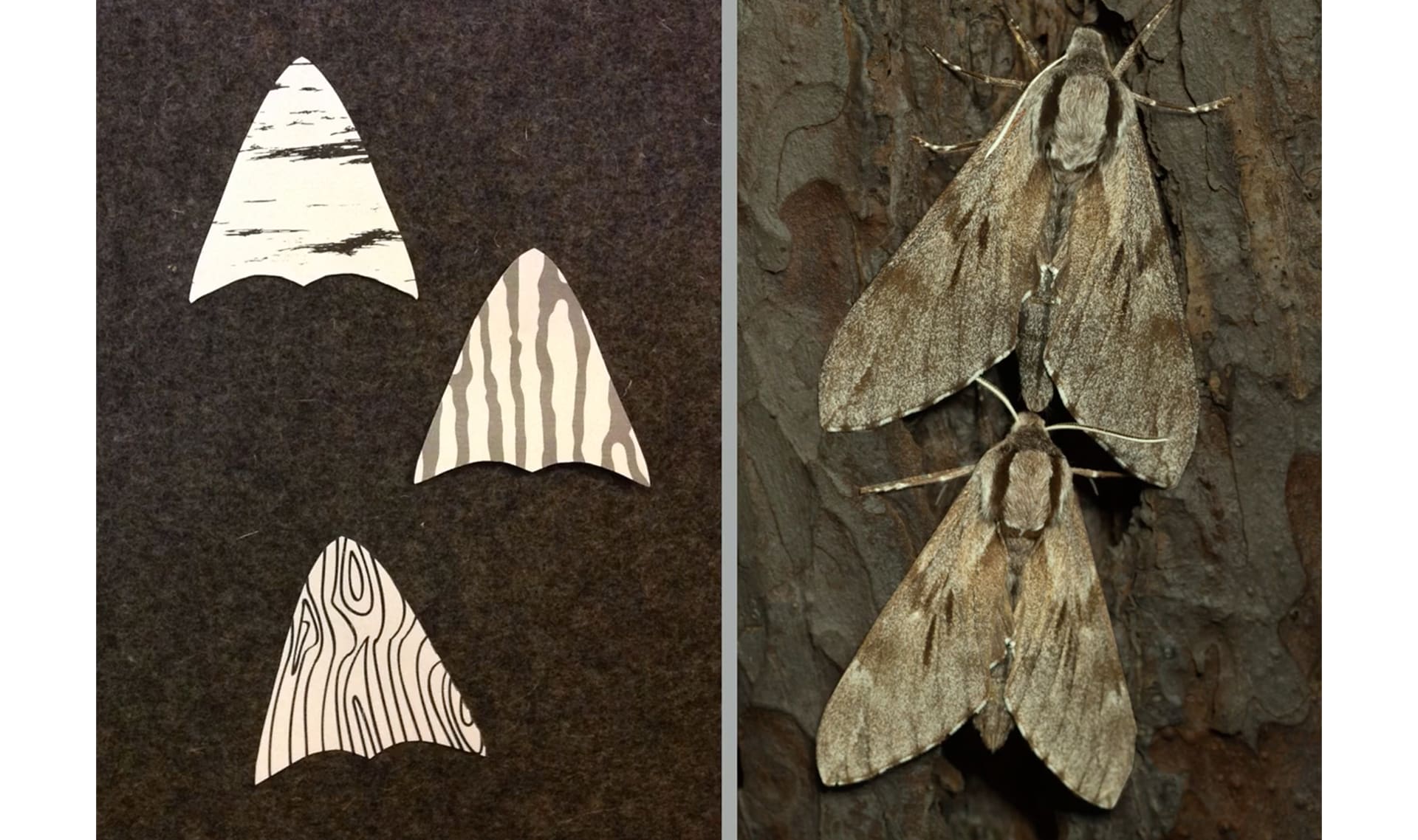
modelo
6 de 7
una versión de mentiras de algo que los científicos usan cuando la cosa de verdad es algo demasiado grande, pequeño, o complicado para poder usarlo en sus estudios
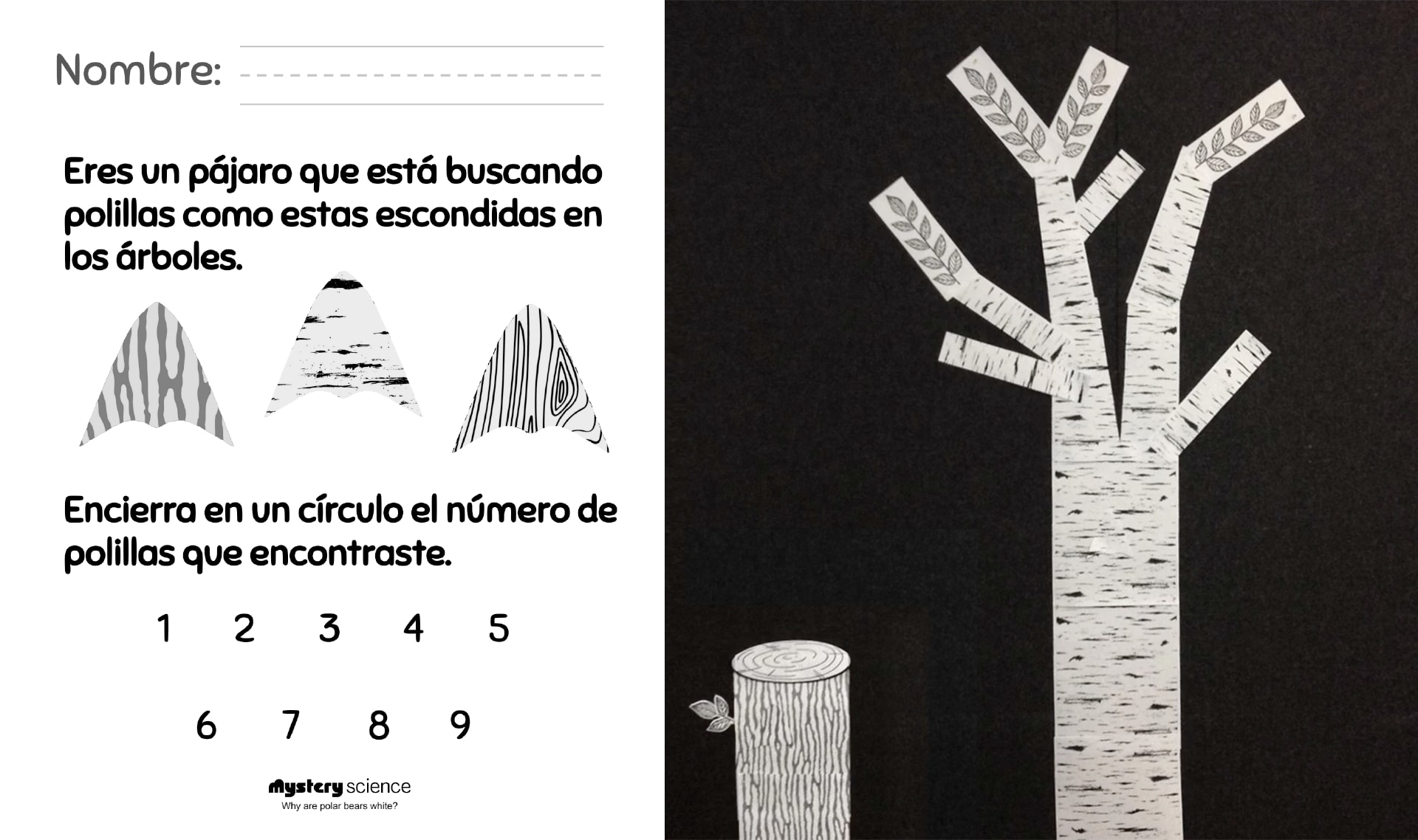
experimento
7 de 7
una prueba que se usa para descubrir más información sobre una pregunta
🎉
That’s it for this lesson! How did it go?
Sign up now for more great lessons!
